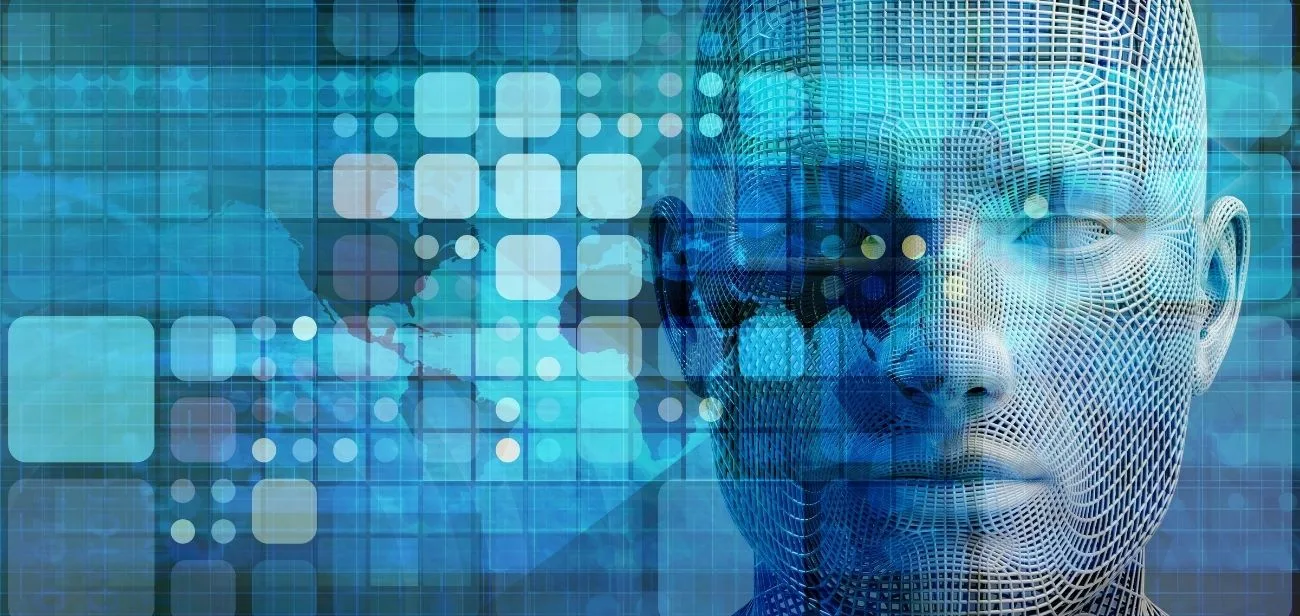Digital transformation – what it means for companies and in the work place
Firstly it's different, and secondly it's digital
The VUCA world: volatile, uncertain, complex and ambiguous
Digital change makes it possible – up-to-date today, out-of-date tomorrow
The potential of artificial intelligence in the digital transformation
Customer Centricity – why customer orientation is much more important in the digital transformation
A look into the digital crystal ball
Digitalization isn't simply the transformation of the physical into the
digital. It entails processes that bring about change everywhere and all the
time. Traditional companies or even whole professions are disappearing, and new
ones are emerging. The new power of the customer brings with it the need for
customer focus. For companies and employees, it is becoming increasingly
important to examine their own professional environment for digital challenges
and opportunities. What does the digital transformation mean for companies and
in the workplace? Embark on a journey into the digital world.
Firstly it's different, and secondly it's digital
Digitalization, digital transformation or simply digital change are
neither new buzzwords nor overwhelming news. These are terms for a process
which is only just beginning. This process drives developments which lead to
the disappearance of traditional companies, work places and certainties. This
has wide-reaching consequences for the economy and the world of work. What the
digital change means in concrete terms for companies and workplaces is conveyed
by the e-learning course "Understanding digitalization".
Digitalization means creating digital data, using it, and linking and analyzing
digital data. Patterns can be derived and recognized from this information and
so products and services can be developed.

Digitalization and globalization have both advantages and risks for
companies and society as a whole as well as for the individual. We can stay in
touch with people all over the world ad use other peoples knowledge and
products. On the other hand, we easily lose sight of big picture. A term has
been coined to describe this lack of an overview: the VUCA world.
The VUCA world: volatile, uncertain, complex and ambiguous
The consequences of digitalization and globalization are often described
with the term "VUCA world". Stable relationships are no longer the
norm. This volatility is reflected in the "V". The conditions are not
only volatile but also uncertain. The "U" stands for
"uncertainty". The connection between cause and effect is no longer
simply a given. Everything is interconnected. This complexity is represented by
the "C". The "A" describes the ambiguity of things.

Companies are faced with important challenges. For all the uncertainty there
remains one certainty: Traditional approaches, such as long-term planning of
product development are no longer suitable for the VUCA world. Companies facing
this challenge must in the first place ensure that their employees understand
digitization. The "Understanding Digitalization" e-learning course
illustrates the central contents of this topic with relevant examples in a
variety of explanatory videos. Transfer tasks encourage participants to examine
their own professional environment and their company for digital challenges and
potential.
In the VUCA world, traditional structures and knowledge have long since been
turned upside down. The e-learning course demonstrates this with a number of
exciting facts and stories from the business world.
Digital change makes it possible – up-to-date today, out-of-date tomorrow
Business success is not static. Businesses can work their way up to the
top and reach pole position. But even companies that were once market leaders
can disappear if they do not adapt to changes in time. This occurred with two
world-famous companies that are used as an example in this e-learning course.
Cutting-edge technology, market leadership in mobile telecommunications...
Nothing could go wrong, right? It was the customers who finally decided on
another manufacturer with more technical possibilities. Although their
technology still worked flawlessly, "suddenly" no one wanted to buy the
products of the former market leader anymore.

The e-learning course uses a manufacturer of film material that even
invented the digital camera and launched one of the first models on the market
as a further example. The company felt that switching from analogue to digital
would mean that no more film would be sold, so it was not particularly
interested in the success of the new product and left the field to the
competition.

Was the digital shift to blame for the crisis of these two companies or
was it the failure of individual managers?
The "Understanding Digitalization" e-learning course shows how
important it is to recognize development potential with a list of the most
valuable companies in terms of market capitalization in 1990 and 2019.

With digital transformation, the success of a company depends on its
ability to recognize and exploit market changes. The e-learning course
demonstrates that the top positions are occupied exclusively by companies that
are fully committed to digitization. But digitalization is not an end in
itself. These companies seized the opportunities offered by new technologies
and markets.
In one of the transfer tasks, the participants must find out which
companies dominated their respective industry ten years ago and which ones did
so twenty years ago. The results should then be compared and analyzed with the
figures at hand.
The potential of artificial intelligence in the digital transformation
"The benefits for human society are likely to be significant in any
case. AI doctors could provide far better and cheaper healthcare to billions of
people, especially those who have had no access to health care at all had up to
now. Thanks to learning algorithms and biometric sensors, a poor villager in an
underdeveloped country could receive far better medical care via their
smartphone than the richest person in the world today receives in the most
advanced hospital." (Yuval Noah Harari, Historian and bestselling author)
Digitization differs from previous waves of
modernization in that not only so-called "simple tasks" are taken
over by machines. In the course of the digital transformation, complex and
knowledge-based tasks can also be taken over by artificial intelligence. The
e-learning course explains what this entails for certain job descriptions, such
as those of doctors, which will look completely different in a few years.
"The interesting thing about our intelligence is that we can play Go and
then get up from the table and make food, which is something a machine cannot
do." (Bernhard Schölkopf, Computer Scientists)
Impressive explanatory videos illustrate the many aspects of these
developments. Following the videos, participants are invited to use a transfer
task to explore the impact of digitalization on their own workplace and working
environment.
Customer Centricity – why customer orientation is much more important in
the digital transformation
It only takes a few clicks for a customer to change their electricity
provider, book trips or rate products and services. Digitalization has
transferred market power from companies to customers. Today, it is no longer
the company that determines what's on offer, but rather the customer. This
gives much more weight to customer orientation. In the "Understanding
Digitalization" e-learning course, participants learn to look at all
processes, products and services from the customer's perspective, using the
example of probably the best-known online mail order company.
"We see our customers as guests invited to a party we are throwing. Our daily task is to
make all aspects of the consumer experience a little bit better." (Jeff Bezos, Amazon)
A transfer task helps participants to find out how satisfied their customers
currently are with their service. They are instructed to determine the
influence of their customers on the content and formal design of their products
or services. They also need to discover whether they need to change anything in
their products or services, and what the products or services should look like.
A look into the digital crystal ball
What do companies need to do to be fit for the digital future?
They must be able to adapt quickly to new circumstances and market
situations if they want to be fit for the future. They must be able to
recognize opportunities and new markets made possible by the new products and
services. They must be ready to take risks and learn to make decisions, even in
confusing times. They must be ready to continuously ask themselves whether
what promises success today will also mean success tomorrow.
What concrete tasks does this entail for human resource development?
Flexible, effective and sustainable solutions are necessary to satisfy
the high demand for continuing education. E-learning content can act as a
supporting pillar in this, preparing employees and companies for the digital
future.

The "Understanding Digitalization" e-learning course
encourages participants to take on the challenges of digital transformation.
This is a multimedia e-learning course with video sequences, professional
learning moderation, explanatory videos, learning questions and transfer tasks.
It is aimed at employees who need to be made aware of new challenges and be
prepared for digitalization, teams who analyze their department with regard to
digitalization, and managers who, together with their teams, are looking for
new ways, customers and markets.
